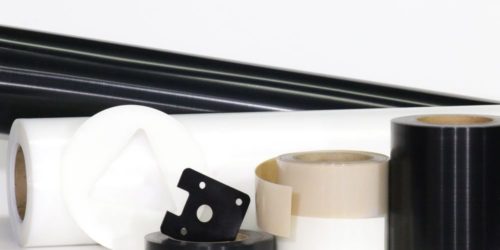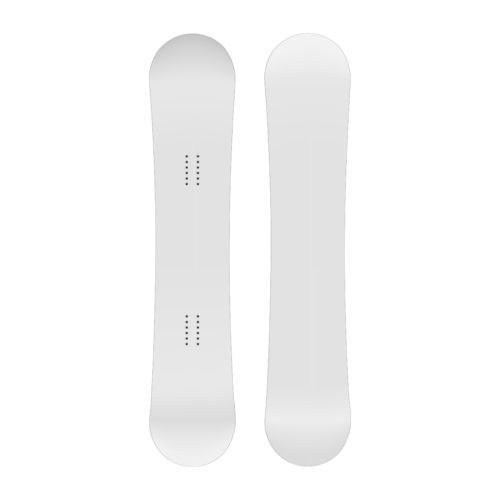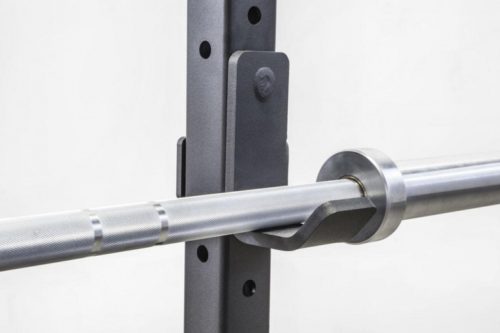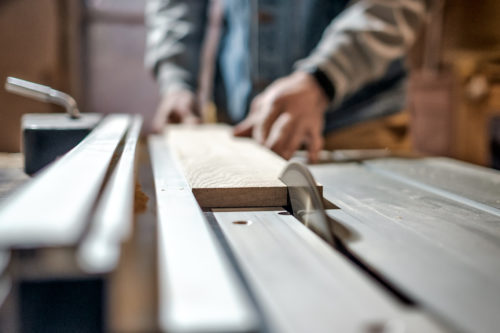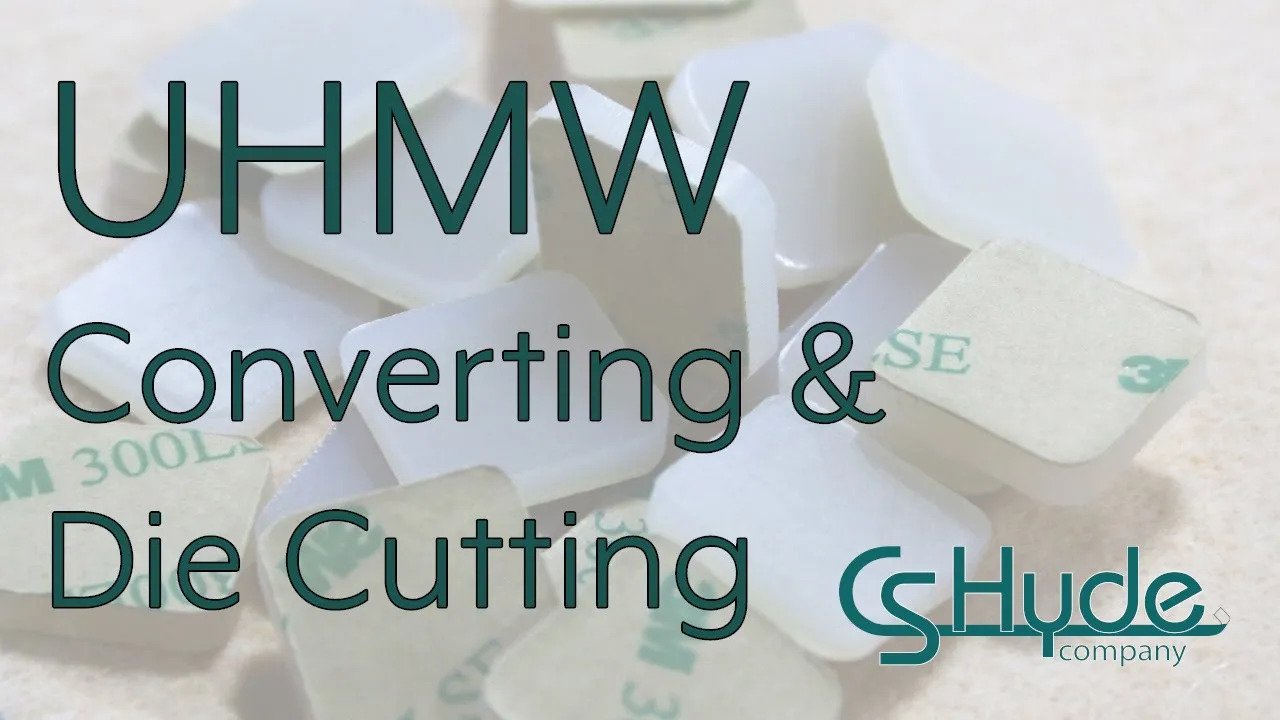What is UHMW?
UHMW (ultra high molecular weight polyethylene) plastic is a highly abrasion, impact, and wear resistant plastic with a low coefficient of friction. These performance properties make UHMW ideal for applications that require surface protection, sound dampening, or a quick solution to eliminate squeaks or rattles caused by adjacent movement. UHMW can be used in several different industries and in the most unique applications. UHMW Polyethylene can be produced into rods, rectangles, sheets, molded parts, thin gauge films, or adhesive backed tape products. CS Hyde is a supplier and converter of UHMW Film & Adhesive Backed UHMW in natural and black anti-static types.
Types of adhesive backed UHMW
| UHMW- with rubber adhesive (19-R Series) | UHMW- with acrylic adhesive (19-A Series) | UHMW- with high bond acrylic adhesive (19-HB Series) | Black Anti-Static UHMW- (19-BLK Series) |
|---|---|---|---|
|
|
|
|
How does UHMW compare to other plastics like PTFE?
UHMW is often compared to PTFE, in relation to their low coefficient of friction or “how slippery the surface is”. PTFE is more slippery than UHMW, and has better thermal and electrical properties. However, for applications that require both a slippery surface with wear and abrasion resistance, UHMW is utilized as a more economical and durable polymer.
Types of UHMW Applications:
- Robotic systems
- Marine/All Terrain Applications
- Interior window framing
- Click here to learn more about this application
- Low friction drawer slides
- Exercise / fitness equipment
- Woodworking machinery
- Conveyor systems
- Toolbox liners

